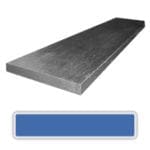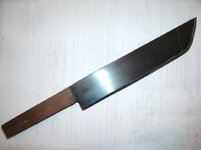- Messages
- 1,065
- Reactions
- 1,059
So I'm gonna try my hand at making a knife maybe more if I enjoy it and don't completely suck at it. I was looking at making one of coffee can forges just to try and make a small one at first. I was just looking for any advice or tips that may help out and ale the experience more enjoyable. My 6 year old son seems to have a interest in it as well so it would be cool to learn and teach him some things to.
I was thinking of just using A small piece of rebar to make a small one and see what happens. What kind of tools are recommended for a basic knife? I don't have a anvil and wasn't really sure what to use in place of one. So like I said tips,advice and recommendations are all welcome.
I was thinking of just using A small piece of rebar to make a small one and see what happens. What kind of tools are recommended for a basic knife? I don't have a anvil and wasn't really sure what to use in place of one. So like I said tips,advice and recommendations are all welcome.















